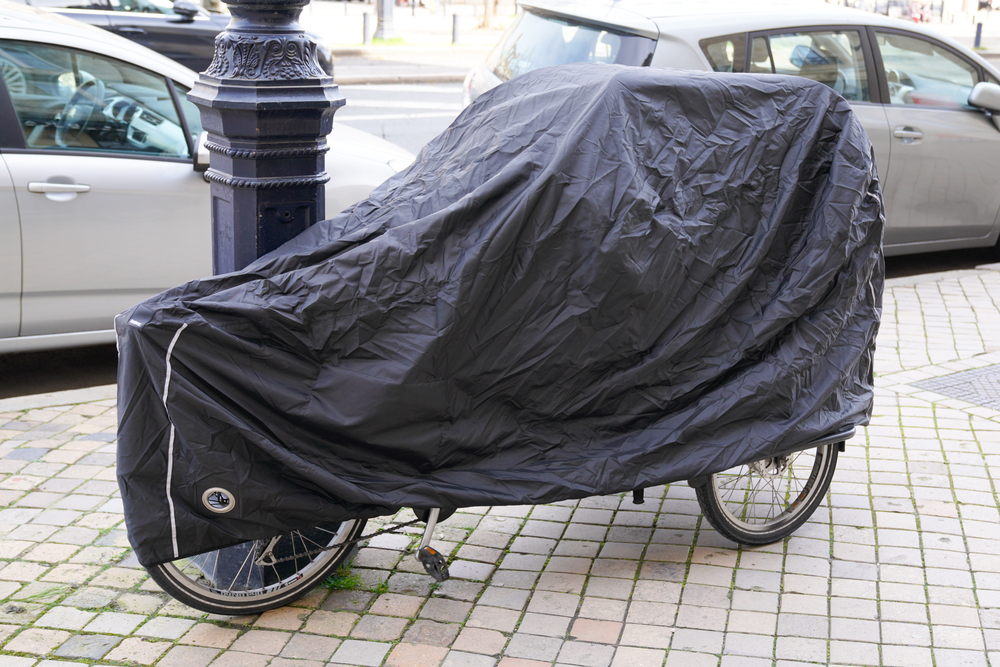How Many Stages in the Tour de France?
The Tour de France is one of the most prestigious cycling races in the world. It covers a vast distance and includes various types of stages. Let’s explore the stages of this monumental event in detail.
Overview of the Race
The modern Tour de France typically consists of 21 stages. These stages are spread over 23 days, with two rest days included. The race traditionally starts in the first half of July and covers roughly 3,500 kilometers.
History and Evolution
When the race began in 1903, it had only six stages. Over time, the number of stages increased. By the 1920s, the race comprised around 15 stages. The current format of 21 stages became standardized in the late 20th century. Each change aimed to enhance the competition and viewer experience.
Types of Stages
- Flat Stages: These are designed for sprinters. The terrain is relatively even, favoring high speeds.
- Mountain Stages: These test the climbers in the peloton. The stages include steep ascents and difficult descents.
- Time Trials: Cyclists race individually against the clock. There are usually one or two time trial stages.
- Hilly Stages: These have a mix of flat and hilly terrains. They test a rider’s versatility.
Flat Stages
Most flat stages are early in the race. They provide opportunities for sprinters to showcase their speed. These stages often end in exciting, closely contested sprints. Team strategy plays a crucial role in guiding the sprinter to victory.
Mountain Stages
The mountain stages are the toughest. They typically occur in the second and third weeks of the race. Famous climbs like Alpe d’Huez and Mont Ventoux are part of these stages. The elevation and length challenge even the best climbers.
Time Trials
Individual time trials require riders to race alone against the clock. They are less frequent but have a significant impact on the overall standings. The difference in performance here can make or break a rider’s tour.
Hilly Stages
Hilly stages are mixed terrain stages. They don’t have the extreme difficulties of mountain stages. However, their varied terrain can disrupt the rhythm of the riders. These stages often lead to breakaways and surprise victories.
Rest Days
The race includes two rest days. These allow cyclists to recover from the grueling pace. Team doctors, physios, and support staff work hard to ensure riders are in optimal condition for the next stages.
Stage Variations
No two editions of the Tour de France are the same. Organizers frequently modify the route. Stages might start or end in different towns or cities each year. This variation keeps the race fresh and interesting for fans and participants.
Grand Depart
The race often begins in a different country. This is known as the Grand Depart. Recent races have started in Denmark, the UK, and the Netherlands. This wider European involvement highlights the Tour’s international appeal.
Importance of Team Tactics
Team tactics are crucial throughout the stages. Teams protect their lead rider, control the peloton, and plan breakaways. Strong teamwork can be the difference between winning and losing.
Strategies in Different Stages
Each type of stage requires specific strategies. Sprinters conserve energy during mountain stages. Climbers aim to gain time in the mountains. Time trial specialists focus on their key stages. Understanding when to exert effort and when to conserve energy is critical.
The Role of Domestiques
Domestiques are the unsung heroes. They provide invaluable support by shielding the lead rider from wind, fetching supplies, and pacing them up climbs. Their efforts enable the stars to focus on winning stages and the overall race.
Stage Wins and Overall Victory
A stage win is prestigious, but the ultimate prize is the General Classification (GC). The rider with the lowest cumulative time across all stages wears the coveted yellow jersey. Achieving this requires consistency, strength, and strategy over the entire race.
Points and Other Classifications
The Tour also features other classifications. The green jersey is awarded for points collected in sprints. The polka-dot jersey goes to the best climber. The white jersey is for the best young rider. Each classification adds another layer of strategy to the race.
Impact of Weather
The weather can significantly impact stage outcomes. Rain can make descents treacherous. Wind can split the peloton. Heat can cause dehydration. Riders and teams must adapt their strategies based on daily weather conditions.
Technological Advances
Modern technology plays a role. Advanced bicycles, aerodynamic clothing, and real-time data analytics are now part of the race. Teams use this tech to monitor riders’ performances and plan tactics.
Viewer Engagement
The Tour de France captivates fans worldwide. Millions follow the race through live broadcasts, social media updates, and on-the-ground reports. The varied stages and dramatic landscapes make for compelling viewing.
Economic and Cultural Impact
The race significantly boosts local economies. Host cities and towns see increased tourism and revenue. The Tour also promotes the cultural and scenic beauty of its host regions.
The Tour de France is a complex, multifaceted event. Its 21 stages challenge riders in varied ways. Each stage brings its own unique tests and requires specific strategies. The mix of flat, hilly, and mountainous stages, along with time trials, makes for a demanding and thrilling competition.

